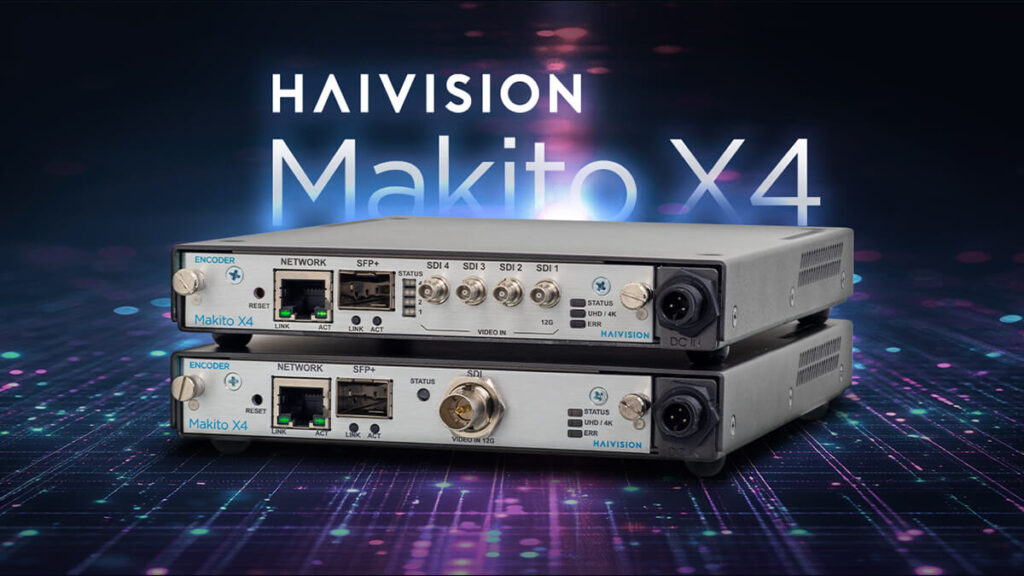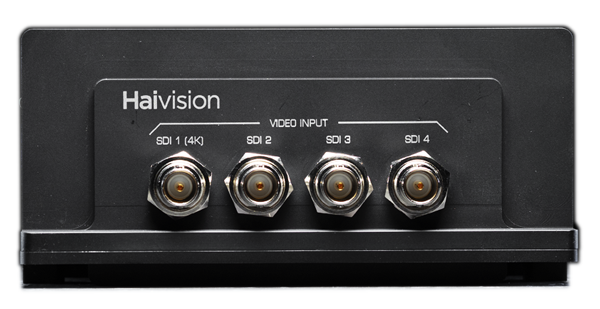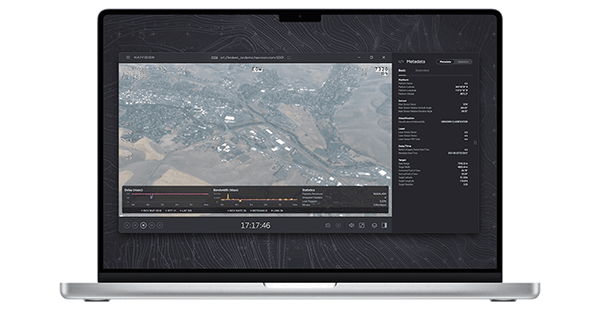Cellular Bonding
Cellular bonding, also referred to as cellular network aggregation, is a technology that makes use of multiple SIM cards simultaneously to create a single multi-network connection for greater reliability and more bandwidth availability when transmitting live video from a remote location to a broadcast facility. A bonded connection may include a mix of different types of 3G, 4G, and 5G networks across different providers. It may also include other types of networks such as WiFi and satellite.
Broadcasting with cellular bonding requires a video transmitter or a field unit on the transmission and a receiver on the production side. Video, audio, and metadata are intelligently distributed as small packets across multiple networks. This network aggregation significantly improves video stream reliability, minimizes latency, and increases available bandwidth.
Cellular bonding ensures seamless, uninterrupted connectivity even in situations where a single network might be congested or unresponsive and is ideal for live sports and news broadcast contribution as it provides a reliable high-bandwidth path to transmitting video from the field to production.
Latest Blog Articles





























